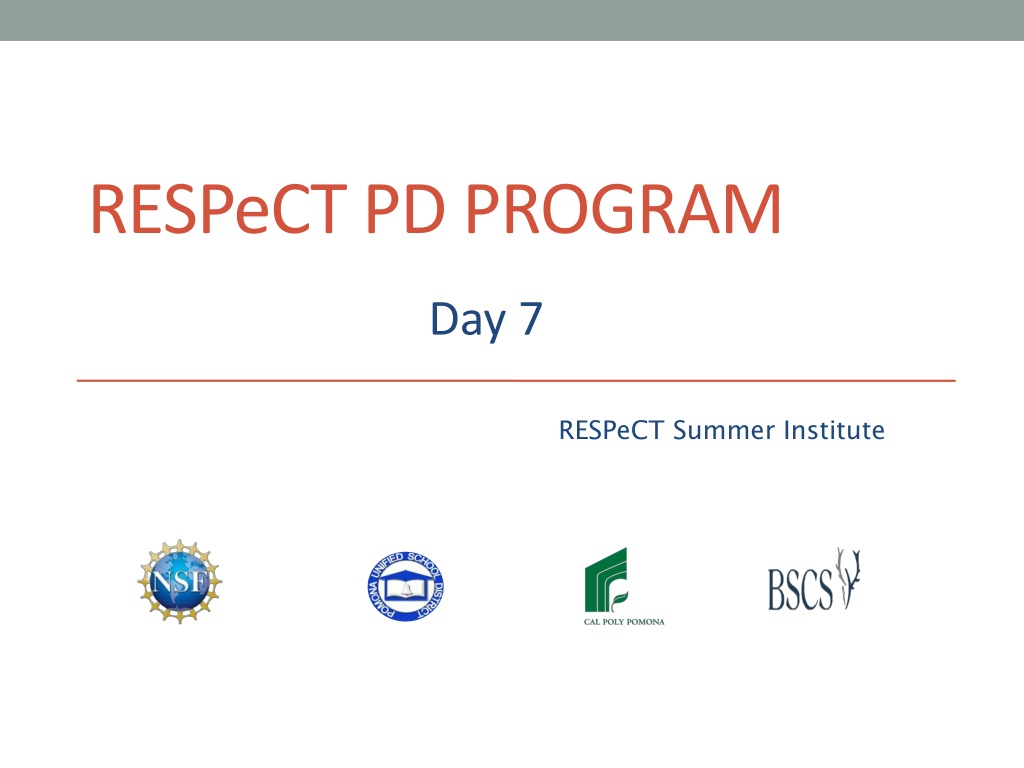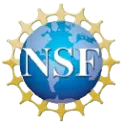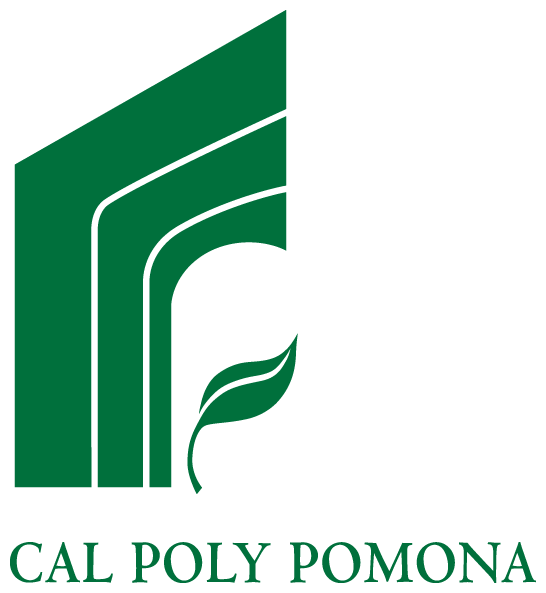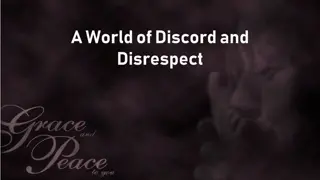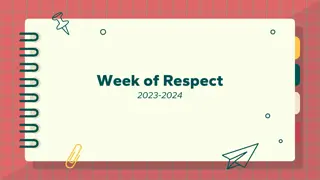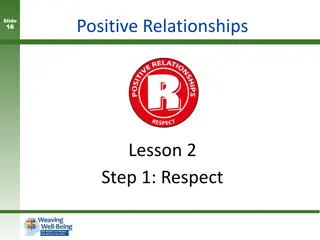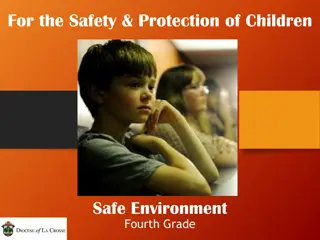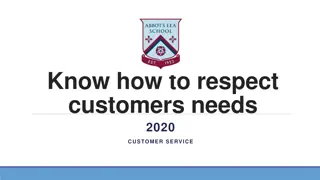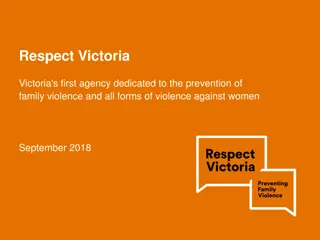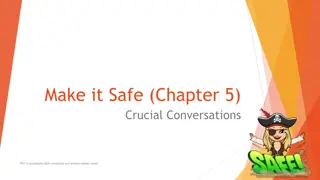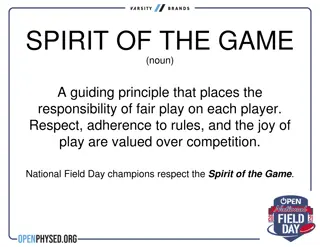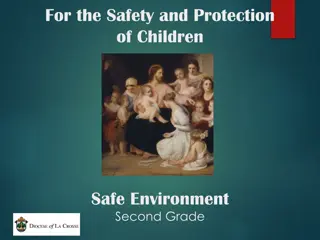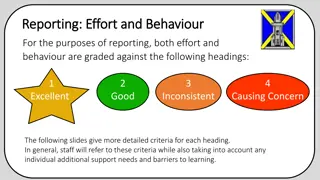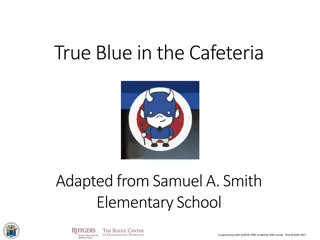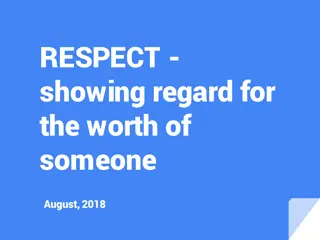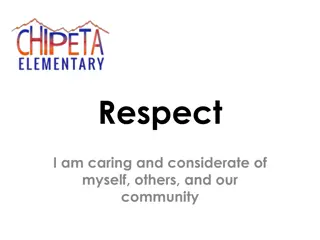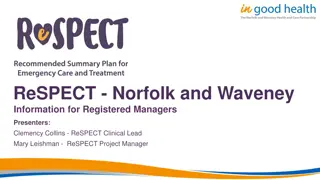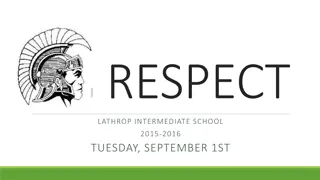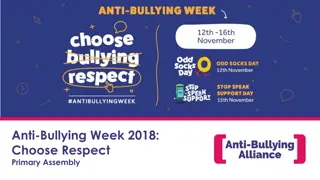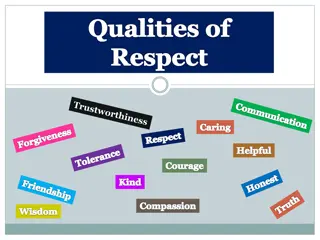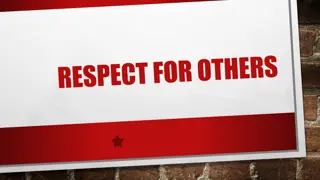RESPeCT PD PROGRAM
Day 7 at RESPeCT Summer Institute focused on reflection, introducing the SCSL strategy D, lesson analysis, and deepening content understanding through food webs. Norms for working together were emphasized to build trust and a productive study group. Participants engaged in discussions on content representations, engaging students, and understanding matter transfer in food chains.
Download Presentation

Please find below an Image/Link to download the presentation.
The content on the website is provided AS IS for your information and personal use only. It may not be sold, licensed, or shared on other websites without obtaining consent from the author.If you encounter any issues during the download, it is possible that the publisher has removed the file from their server.
You are allowed to download the files provided on this website for personal or commercial use, subject to the condition that they are used lawfully. All files are the property of their respective owners.
The content on the website is provided AS IS for your information and personal use only. It may not be sold, licensed, or shared on other websites without obtaining consent from the author.
E N D
Presentation Transcript
RESPeCT PD PROGRAM Day 7 RESPeCT Summer Institute
Agenda for Day 7 Day-6 reflections Focus questions Introducing SCSL strategy D Sample analysis of content representations Lesson analysis: SCSL strategy D Lunch Content deepening: food webs Summary, homework, and reflections
Trends in Reflections Lesson Analysis Science Content Learning
Norms for Working Together: The Basics Purpose: Build trust and develop a productive study group for all participants. The Basics Arrive prepared and on time; stay for the duration; return from breaks on time. Remain attentive, thoughtful, and respectful; engage and be present. Eliminate interruptions (turn off cell phones, email, and other electronic devices; avoid sidebar conversations). Make room for everyone to participate (monitor your floor time).
Norms for Working Together: The Heart Purpose: Build trust and develop a productive study group for all participants. The Heart of RESPeCT Lesson Analysis and Content Deepening Keep the goal in mind: analysis of teaching to improve student learning. Share your ideas, uncertainties, confusion, disagreements, questions, and good humor. All points of view are welcome. Expect and ask questions to deepen everyone s learning; be constructively challenging. Listen carefully; seek to understand other participants points of view.
Todays Focus Questions 1. How do you know when a content representation is appropriate and matched to the main learning goal? 2. How can we engage students in using content representations and models in meaningful ways? 3. What happens to matter as it moves from organism to organism in a food chain?
Lesson Analysis: Focus Question 1 How do you know when a content representation is appropriate and matched to the main learning goal?
SCSL Strategy D: Purpose and Key Features What are the purpose and key features of this strategy? Cite ideas and examples from the STeLLA strategies booklet and your SCSL Z-fold summary chart.
Strategy D: Discussion Questions 1. How is this strategy similar to or different from selecting activities matched to the learning goal (strategy C)? 2. How might good content representations be especially helpful for English language learners?
Analysis Guide for Strategy D Read through Analysis Guide D (handout 7.1 in your PD program binder). Keep this question in mind: What do you notice about how this guide is organized?
Content Representation 1: Photosynthesis Diagram Read the main learning goal and the description of the content representation in Analysis Guide D1 (page 1 of handout 7.1). Main learning goal: Plants are producers that make their own food by using energy from the Sun to transform matter from the air (carbon dioxide) and matter from the soil (water) into energy-supplying food. Description of content representation: photosynthesis equation diagram
Plants Are Producers That Make Food! Food Molecules (Sugar) Carbon Dioxide Water Oxygen PRODUCES MATTER THAT CONTAINS STORED ENERGY MATTER THAT DOES NOT PROVIDE ENERGY
Does Content Representation 1 Match the Main Learning Goal? How did you answer these questions from part 1 of Analysis Guide D1? 1.Is the content representation scientifically accurate? 2.Is it closely matched to the main learning goal? 3.Does it present science ideas to students in comprehensible ways? 4.Does it reinforce/introduce any misconceptions? 5.Does it address common misconceptions? 6.Does it contain distracting details?
Content Representation 2: Mixing-Bowl Model of Photosynthesis Read the main learning goal and the description of the content representation in Analysis Guide D2 (page 2 of handout 7.1). Main learning goal: Plants are producers that make their own food by using energy from the Sun to transform matter from the air (carbon dioxide) and matter from the soil (water) into energy-supplying food. Description of content representation: mixing-bowl model of photosynthesis
Content Representation 2: Mixing-Bowl Model of Photosynthesis
Does Content Representation 2 Match the Main Learning Goal? How did you answer these questions from part 1 of Analysis Guide D2? 1.Is the content representation scientifically accurate? 2.Is it closely matched to the main learning goal? 3.Does it present science ideas to students in comprehensible ways? 4.Does it reinforce/introduce any misconceptions? 5.Does it address common misconceptions? 6.Does it contain distracting details?
Content Representation 3: Linking-Cubes Model of Growth Read the main learning goal and the description of the content representation in Analysis Guide D3 (page 3 of handout 7.1). Main learning goal: Animals consume the Matter originally made by plants (in the form of food molecules). This matter moves from one organism to another in food chains, and each organism uses it to build body structures and to grow bigger. Description of a content representation: linking- cubes model of growth showing how organisms in a food chain make and use food
Does Content Representation 3 Match the Main Learning Goal? How did you answer these questions from part 1 of Analysis Guide D3? 1.Is the content representation scientifically accurate? 2.Is it closely matched to the main learning goal? 3.Does it present science ideas to students in comprehensible ways? 4.Does it reinforce/introduce any misconceptions? 5.Does it address common misconceptions? 6.Does it contain distracting details?
Lesson Analysis: Focus Question 2 How can we engage students in using content representations in meaningful ways?
Lesson Analysis 1: Strategy D (Role-Play) 1. Read the context for the first video clip at the top of the transcript (handout 7.2). 2. Review the main learning goal and description of the content representation at the top of Analysis Guide D4. 3. Watch the video clip, keeping in mind the criteria for strategy D (part 1 of the analysis guide). 4. Work with a partner to complete part 1 of the analysis guide. 5. Share your responses with the group. Link to video clip: 7.1_stella_FW_belcastro_L3_c1
Lesson Analysis 1: Strategy D (Role-Play) Analysis Guide D4 Part 2 1. Are students engaged in modifying or creating the content representation? 2. Are students engaged in analyzing the meaning of the content representation? 3. Are students engaged in critiquing the content representation? Part 3 What did you learn from watching the video clip that might suggest ways to improve the content representation?
Lesson Analysis 2: Strategy D (Linking Cubes) 1. Read the context for the second video clip at the top of the transcript (handout 7.3). 2. Review the main learning goal and description of the content representation at the top of Analysis Guide D3. 3. Watch the video clip, keeping in mind the criteria for part 2 of the analysis guide and looking for ways the content representation might be improved (part 3). 4. Pairs: Complete parts 2 and 3 of the analysis guide. Link to video clip: 7.2_stella_FW_belcastro_L3_c2
Lesson Analysis 2: Strategy D (Linking Cubes) Analysis Guide D3 Part 2 1. Are students engaged in modifying or creating the content representation? 2. Are students engaged in analyzing the meaning of the content representation? 3. Are students engaged in critiquing the content representation? Part 3 What did you learn from watching the video clip that might suggest ways to improve the content representation?
Strategy D: Synthesize and Summarize 1. What new ideas do you have about these aspects of today s lesson analysis work? How to select content representations How to engage students in using content representations 2. Did our content-representation work give you any new insights about photosynthesis or food webs?
FOOD WEBS SCIENCE CONTENT DEEPENING Grade 5
Review: The Science Content Storyline in Previous Sessions The focus question for our first day working with the SCSL strategies was How can we trace the matter and energy in food? The focus question for yesterday s session was How do plants get the food they need to live and grow? Task: Develop either a short cartoon panel or two tweets (less than 140 characters each) to summarize the big ideas involved in answering these questions.
Todays Content Deepening Focus Question What happens to matter as it moves from organism to organism in a food chain? (+) Water (-) Light (-) Water (+) Water (+) Light Photograph by Paul Beardsley
Experimenting with Mass Which of the following treatments will increase mass? Initial Mass of Paper- Towel Circles (g) Initial Mass of Seeds (g) Final Mass (after Drying) (g) Change in Mass (g) Treatment ??? ??? 1. + light, + water 1.00 0.61 ??? ??? 2. light, + water 1.00 0.61 ??? ??? 3. + light, water 1.00 0.62 Photograph by Paul Beardsley
The Results! Initial Mass of Paper- Towel Circles (g) Initial Mass of Seeds (g) Final Mass (after Drying) (g) Change in Mass (g) Treatment + light, + water 1.00 0.61 1.71 +0.10 light, + water 1.00 0.61 1.42 0.19 + light, water 1.00 0.62 1.61 0.01
Document Your Ideas 1. Describe what is happening with the biomass and carbon of the plant grown in the dark? 2. Describe what is happening with the biomass and carbon of the plant grown in the light?
What Happened with the Matter? How did the plant gain mass? Food Molecules (Sugar) Carbon Dioxide Water Oxygen PRODUCES
What Happened with the Matter? How did the plant LOSE mass? ENERGY Food Molecules (Sugar) Carbon Dioxide Oxygen Water RELEASES MATTER THAT DOES NOT PROVIDE ENERGY: RELEASED TO AIR MATTER THAT CONTAINS STORED ENERGY
Where Did the Mass Go? Your friend decides to take advantage of the wonderful exercise opportunities around Cal Poly and loses 25 pounds. Where did most of the fat/mass go? a. The fat was converted into heat. b. The mass left her/his system as urine. c. The mass left her/his system as feces. d. The mass left her/his system as carbon dioxide and water. e. None of these
A Challenge Question Was the plant grown in the light also performing cellular respiration? Initial Mass of Paper- Towel Circles (g) Initial Mass of Seeds (g) Final Mass (after Drying) (g) Change in Mass (g) Treatment + light, + water light, + water + light, water 1.00 0.61 1.71 +0.10 1.00 0.61 1.42 0.19 1.00 0.62 1.61 0.01
Our Content Deepening Focus Question Focus question: What happens to matter as it moves from organism to organism in a food chain? To help us answer this question, let s build a physical model! Pair up with a partner and gather these supplies: Food-chain organism place mats (laminated posters). Baggies containing 16 linking-cube CO2 molecules (each molecule = 2 white cubes and 1 red cube) and 8 linking-cube water molecules (each molecule = 2 blue cubes and 1 white cube) (Total cubes: 16 red, 16 blue, 40 white) 4 small bowls labeled Water, CO2, Oxygen, Wastes
Building Organisms: Three Kinds of Matter Water Molecule (H2O) Food Molecule (Sugar) Carbon-Dioxide Molecule (CO2)
Lesson 4 Science Content Storyline To prepare for this activity, read the science content storyline on the opening page of lesson 4 in your lesson plans binder.
Lets Create a Content Representation! During this food-chain simulation from lesson 4, you ll create a diagram in your notebooks that summarizes how matter moves from organism to organism in a food chain (tree, squirrel, mountain lion, decomposer).
What Happens to the Matter? What do you think happens to the molecules (matter) as they move from organism to organism in a food chain? Let s find out! First, count how many pieces of matter you re starting with. (Each linking cube represents a piece of matter, so you should begin with 72 pieces of matter: 16 red, 16 blue, and 40 white linking cubes.) Throughout the activity, make sure to keep track of how many pieces of matter you have.
What Happens to Matter in the Tree? Draw this chart in your notebooks. Then write and draw in boxes 1 and 2 to show two things that happen to matter in the tree. 1. 2. 3. 4. 5.
Show the Tree Making Food and Growing Use linking cubes to show the tree making food and growing: Use up all of your carbon-dioxide and water molecules to make food molecules in the tree. Put leftover oxygen atoms in the oxygen bowl (or in the air around the tree). Show how the tree grows bigger with all these food molecules.
Other Uses for the Food Molecules What else can the tree do with the food molecules besides using them to grow? What else do food molecules contain besides matter? The tree needs energy to live, so it breaks down the food molecules to release the stored energy. Break apart four food molecules (linking cubes). The clicking sound you hear represents energy being released. The tree uses this energy to live. But what happens to the leftover pieces of matter?
What Happens to the Leftovers? In nature, the leftover pieces of matter immediately start matching up to make CO2 and H2O molecules. So use your leftover pieces to make as many CO2 and H2O molecules as you can. If you need more oxygen molecules, take them from the oxygen bowl (or from the air around the tree). Put your new CO2 and H2O molecules in their labeled bowls.
Other Uses for the Food Molecules What else can the tree do with the food molecules it made? Some of the matter can fall to the ground as wastes like when leaves, branches, berries, or nuts fall to the ground. So drop one food molecule into the bowl labeled Wastes.
How the Tree Uses Food Molecules To grow bigger To get energy (and give off CO2 and H2O) As wastes that fall to the ground And one more thing
What Else Happens to the Food Matter? It gets passed on to another organism! So move nine food molecules from the tree to the squirrel. What does this matter help the squirrel do? Grow bigger!
Lets Add to Our Tree Chart What are five things that can happen to the matter in the tree? We already have twothings on our chart. Let s add three more!
Stop and Summarize! Create a content representation that summarizes what happens to matter in the tree. Label your arrows and use the following terms in your diagram: Photosynthesis Respiration Waste Growth Source of food for another organism What aspects of the science content storyline have we covered so far?
